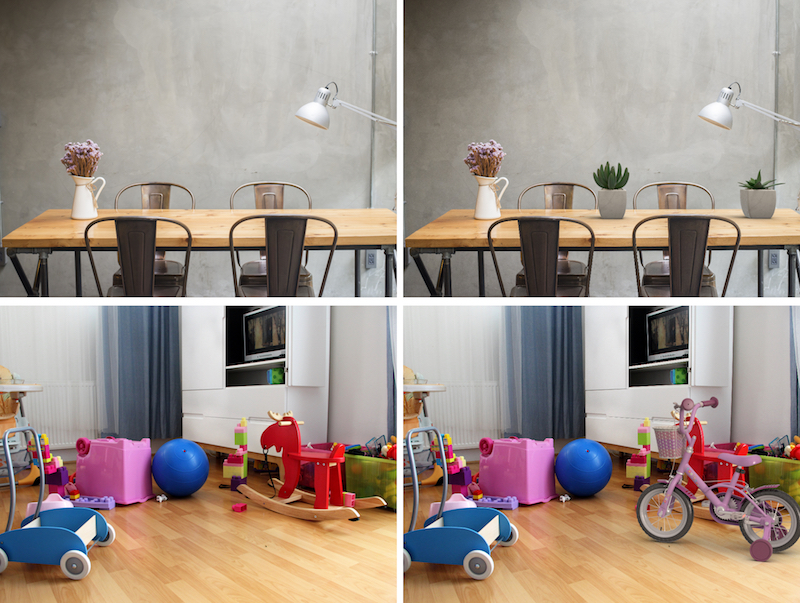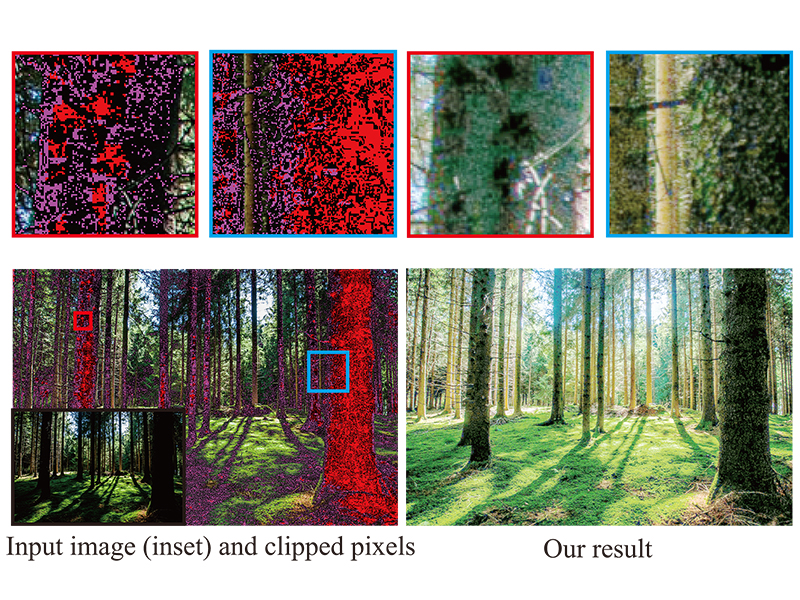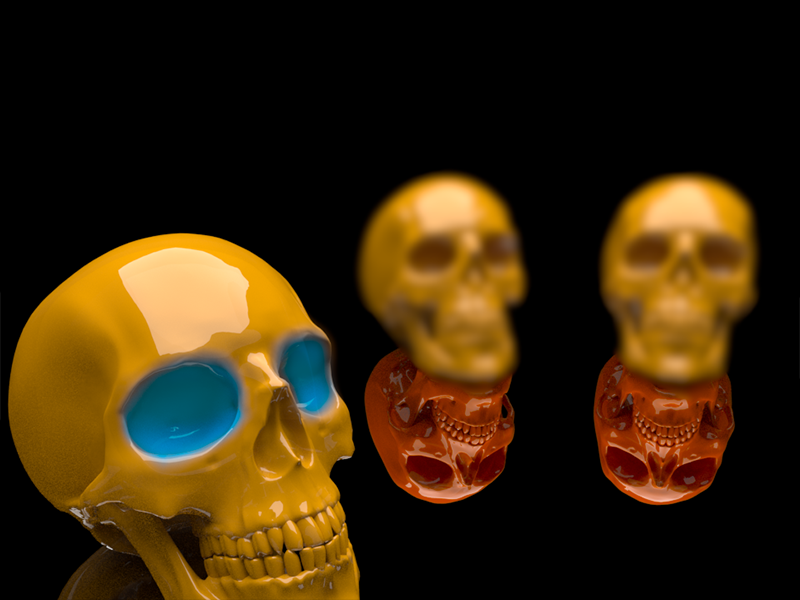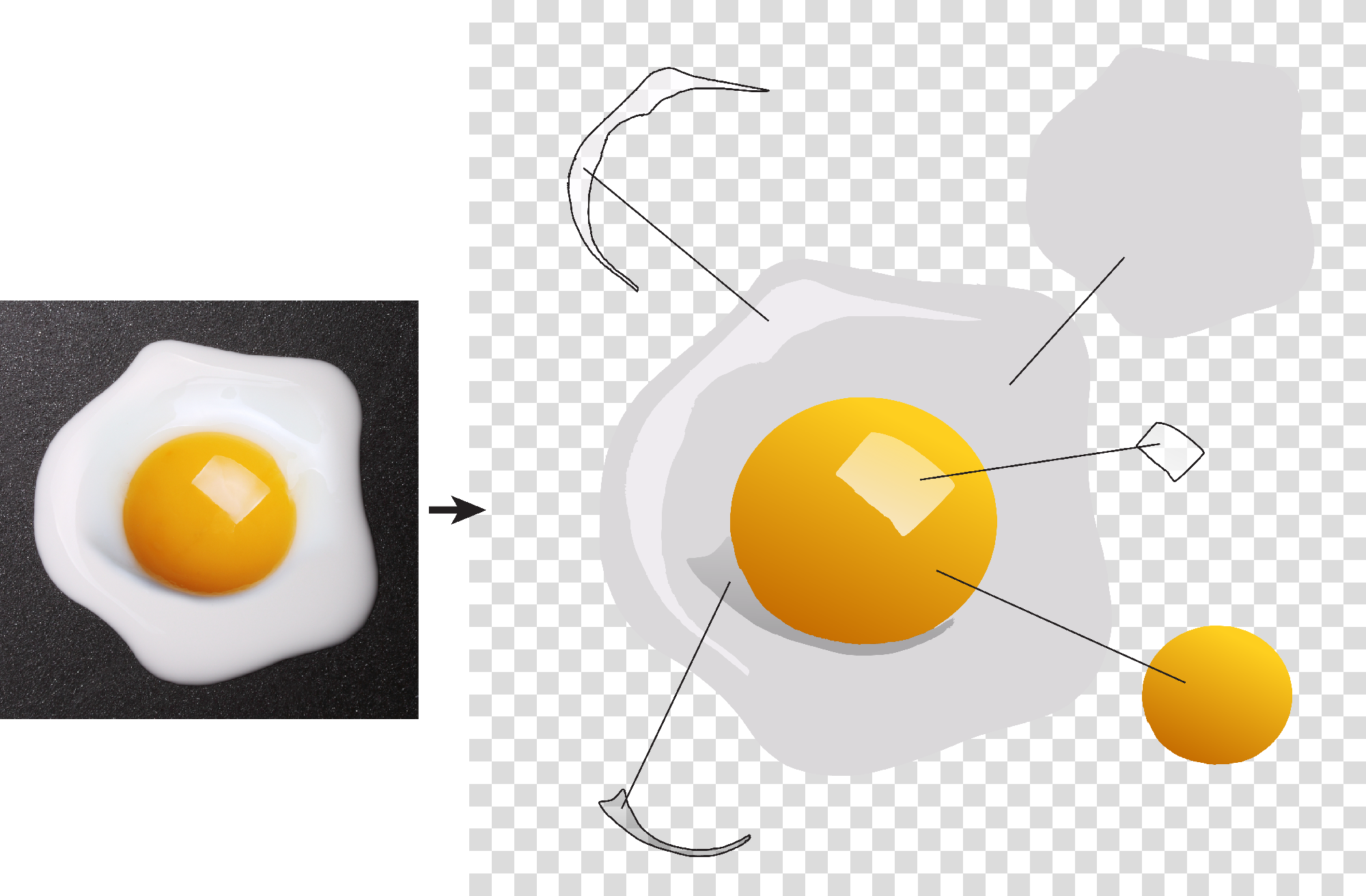 siggraph
siggraph
siggraph
siggraph
HDR and Image Manipulation
 Full Conference Pass
Full Conference Pass Full Conference 1-Day Pass
Full Conference 1-Day Pass
Date/Time: 28 November 2017, 02:15pm - 04:00pm
Venue: Amber 3
Location: Bangkok Int'l Trade & Exhibition Centre (BITEC)
Session Chair: Min H. Kim, Korea Advanced Institute of Science and Technology (KAIST), South Korea
Learning to Predict Indoor Illumination from a Single Image
Summary: We propose to automatically infer omnidirectional, high dynamic range illumination from a single, limited field-of-view, low dynamic range photograph of an indoor scene. We train a deep neural network that significantly outperforms previous methods. The resulting environment maps are directly used for rendering photo-realistic objects into images.
Author(s): Marc-Andre Gardner, Université Laval
Kalyan Sunkavalli, Adobe Research
Ersin Yumer, Adobe Research
Xiaohui Shen, Adobe Research
Emiliano Gambaretto, Adobe
Christian Gagné, Université Laval
Jean-François Lalonde, Université Laval
Speaker(s): Marc-André Gardner, Université Laval

Deep Reverse Tone Mapping
Summary: We propose the first deep-learning-based approach for inferring a high dynamic range (HDR) image from a single low dynamic range (LDR) input.
Author(s): Yuki Endo, University of Tsukuba
Yoshihiro Kanamori, University of Tsukuba
Jun Mitani, University of Tsukuba
Speaker(s): Yuki Endo; Yoshihiro Kanamori, University of Tsukuba

HDR Image Reconstruction from a Single Exposure using Deep CNNs
Summary: We propose a deep learning HDR reconstruction method, that enables reconstruction of saturated image regions in single-exposure LDR images using a hybrid dynamic range autoencoder. The method can predict visually convincing high resolution HDR images in a wide range of situations, and from a wide range of cameras.
Author(s): Gabriel Eilertsen, Linköping University
Joel Kronander, Linköping University
Gyuri Denes, University of Cambridge
Rafal Mantiuk, University of Cambridge
Jonas Unger, Linköping University
Speaker(s): Gabriel Eilertsen, Linköping University, Sweden

Transferring Image-based Edits for Multi-Channel Compositing
Summary: Image-based edits are commonly applied to multi-channel renderings of 3D scenes. Unfortunately, such edits cannot be easily reused for global variations of the original scene. We propose a method to automatically transfer such user edits across variations of object geometry, illumination, and viewpoint.
Author(s): James Hennessey, University College London, University College London
Wilmot Li, Adobe Research
Bryan Russell, Adobe Research
Eli Shechtman, Adobe Research
Niloy Mitra, University College London
Speaker(s): James Hennessey, University College London

Photo2ClipArt: Image Abstraction and Vectorization Using Layered Linear Gradients
Summary: A method to create vector cliparts from photographs. The method decomposes a bitmap photograph into a stack of layers, each layer containing a vector path filled with a linear color gradient. The resulting decomposition is easy to edit and reproduces the clean and simplified look of cliparts.
Author(s): Jean Dominique Favreau, Inria, Université Côte d'Azur
Florent Lafarge, Inria, Université Côte d'Azur
Adrien Bousseau, Inria, Université Côte d'Azur, INRIA
Speaker(s): Jean Dominique Favreau, Inria - Université Cote d'Azur


